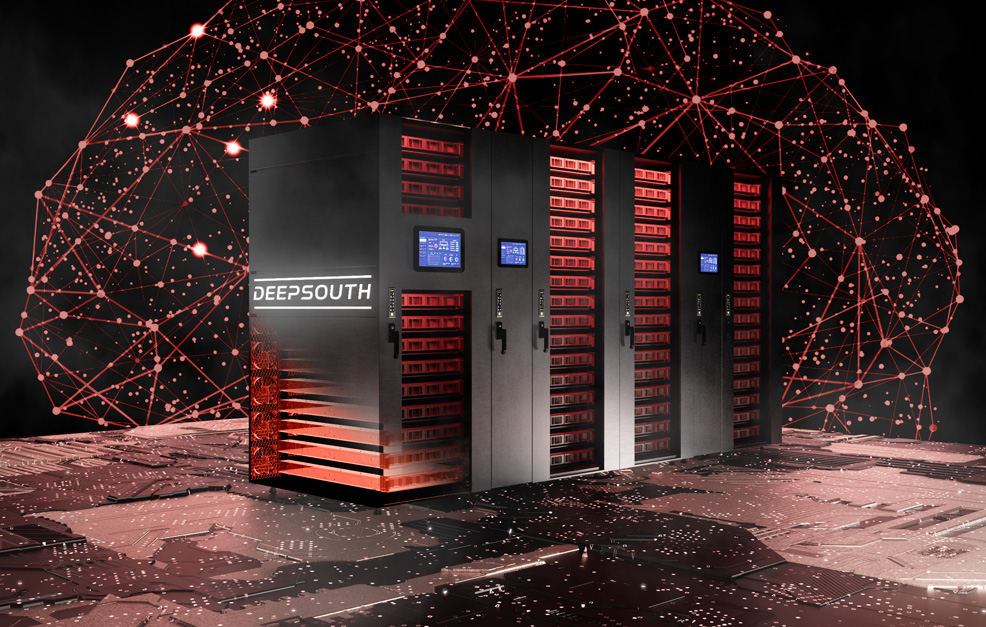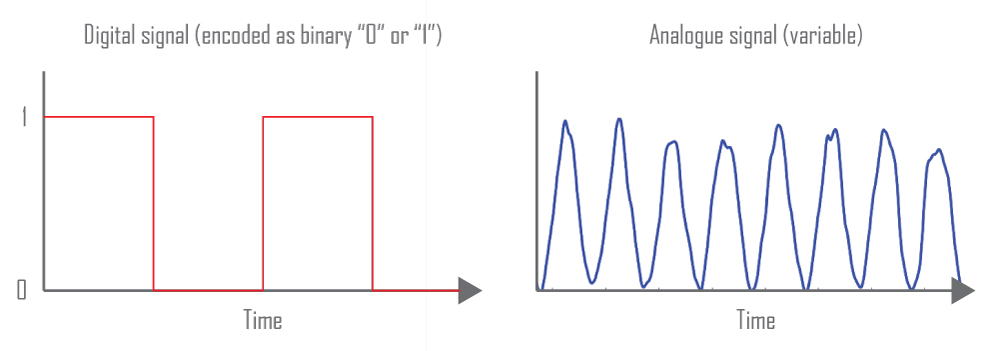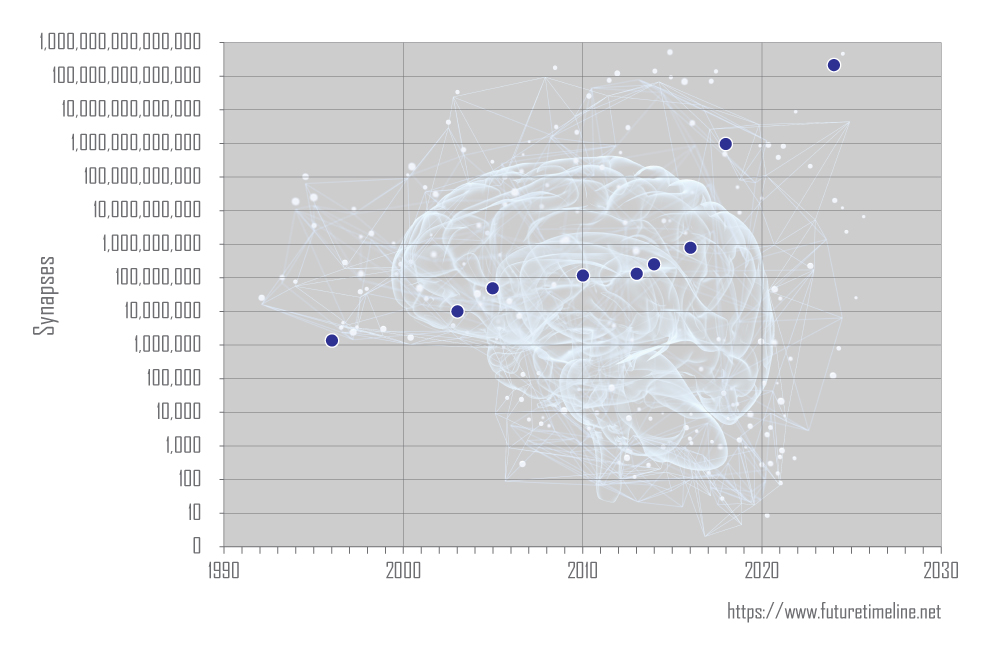– AI
– Computing
– Energy efficiency
– Exponential progress!
Reposting the below in full, since I wrote it myself.
-----
https://www.futuretimeline.net/blog/202 ... mputer.htm
Neuromorphic supercomputer aims for human brain scale
16th December 2023
Western Sydney University is developing a neuromorphic supercomputer. The machine will mimic biological processes to emulate large networks of spiking neurons at 228 trillion synaptic operations per second – potentially rivalling the human brain.

Credit: Western Sydney University
Neuromorphic computing is a highly promising approach to artificial intelligence (AI). By processing information more efficiently, it seeks to bridge the gap between traditional computer architectures and the far more complex neural networks found in living, biological brains.
American scientist Carver Mead popularised the term Moore's Law, but he is also known for pioneering the field of neuromorphic engineering. He and colleagues at the California Institute of Technology designed the first known examples of neuromorphic chips in the 1980s. During that time, Mead also developed the first silicon retinas and silicon cochleas, able to emulate the processing of visual and auditory information. His work paved the way to more advanced chips in the 1990s and beyond, featuring orders of magnitude improvements in capability.
Essentially, neuromorphic chips work by mimicking the layout and physical actions of biological neural networks. Traditional computers are limited to the sending and receiving of binary data (0s and 1s) through a centralised processing unit (CPU). By contrast, neuromorphic computers are much more dynamic – able to work with information in a parallel, decentralised manner – and combining both analogue and digital circuits. This means they can handle data of varying states and time ranges. The so-called Spiking Neural Networks generated by these systems are able to model complex spatio-temporal patterns, providing an additional dimension to the data, beyond mere binary states.

Because their architecture is so similar to neurons and synapses, neuromorphic computers are extremely well-suited for tasks such as pattern recognition, decision making, and sensory data processing. They can learn and adapt in real-time, rearranging their synaptic connections based on new input patterns.
In recent years, the number of synapses available in these systems has crept rapidly upwards, matching animal species such as the common mouse (125 billion) and rat (500 billion). A major advance occurred in 2018, as UK researchers developed SpiNNaker, which could replicate the equivalent of 1% of the human brain.
As is often the case with exponential technologies (the graph below uses a logarithmic scale for its y-axis), another orders-of-magnitude jump in capability has now been reported. This week, engineers at the Western Sydney University, Australia, revealed plans for a neuromorphic supercomputer called DeepSouth that will feature an almost unimaginable 228 trillion synaptic operations per second. In other words, it could be the first system of its kind to match the number of synapses in the human brain.

"Progress in our understanding of how brains compute using neurons is hampered by our inability to simulate brain-like networks at scale," said Professor of Electrical Engineering, André van Schaik, in a news release from Western Sydney University. "Simulating spiking neural networks on standard computers using Graphics Processing Units (GPUs) and multicore Central Processing Units (CPUs) is just too slow and power intensive. Our system will change that.
"This platform will progress our understanding of the brain and develop brain-scale computing applications in diverse fields including sensing, biomedical, robotics, space, and large-scale AI applications."
Energy efficiency will be a key focus of the DeepSouth project, according to its creators. Although matching the human brain's miniscule power consumption of just 20 watts – barely enough for a typical lightbulb – won't be possible anytime soon, the team at Western hopes to demonstrate a significant improvement compared to previous efforts. It will also be much smaller than other supercomputers. They plan to make it operational by April 2024.
However, there is ongoing debate among scientists over the actual number of synapses in the human brain, so the university's claim of a "brain-scale" machine is somewhat unclear. Current estimates range from 100 trillion to 1 quadrillion, illustrating the vast complexity and variability of neural connections. Rather like attempting to count the number of stars in a galaxy, or the galaxies in our universe, these figures can be subject to revision as new imaging technologies and research methodologies emerge.
Regardless of the precise number, DeepSouth's capabilities will arguably fall within the ballpark of "brain scale", the first time a neuromorphic computer has been able to mimic such biological complexity. Whether achieved by DeepSouth, or a competing system in the next few years, this milestone roughly aligns with our timeline prediction for 2025.